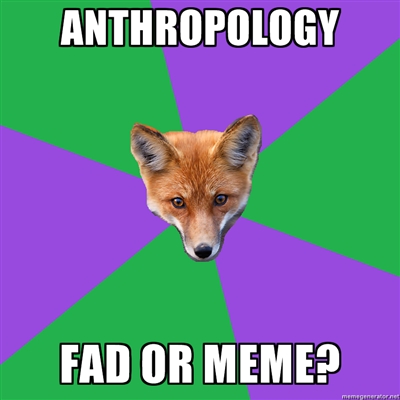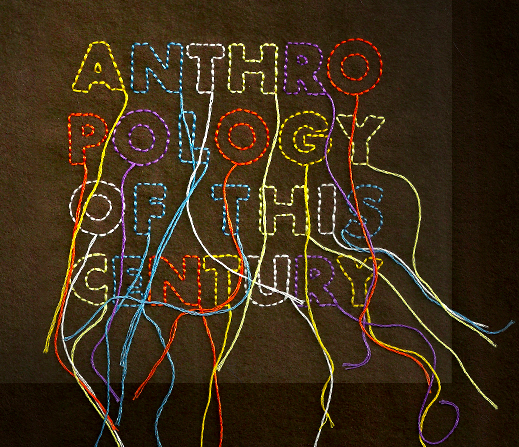So I was down South where I met up with DJ Hatfield over breakfast and we got to talking… I’ve long been thinking about how the plethora of open academic courses and lectures online is making it so that teachers can act more like coaches—assisting students in self-paced exploration rather than acting as a funnel for all the information consumed in the classroom. DJ, in turn, has been thinking about how to break up his own lectures into smaller pre-recorded chunks so that he can act more like a discussion leader—interrogating his own lectures alongside students rather than simply regurgitating content down their beaks. Together we combined these ideas into a proposal for an online database of byte-sized anthropology lectures on various topics in anthropology—a Khan Academy for anthropology if you will.
Let’s say I’m going to give a lecture on the anthropology of money. I do this every year and I think I do a decent job of it, but I’d be a fool not to think that David Graeber, Richard Wilk, or Keith Hart couldn’t do it better. The problem is, even if I could find entire lectures by them online, I probably wouldn’t do so. I’ve never liked using class-length lectures by other scholars in my own classes, even something like Reading Marx’s Capital with David Harvey which I think is great. Class-length lectures from someone else’s syllabus don’t easily fit into my own syllabus unless I work the whole syllabus around those lectures. Nor do I think any of us are comfortable giving our entire class over to pre-recorded lectures. Not only is it boring for students to watch, it just feels lazy.
But imagine that Graeber recorded a five minute lecture on the economic myth of the origins of money, and Richard Wilk recorded a five minute lecture on Polanyi, and Keith Hart gave a five minute lecture on money in West Africa, etc. Each lecture could be used by teachers as the focus of class discussion, or the basis for a collaborative interrogation of those ideas. They could also be used entirely on their own for self-study by students. In any case, they would be a valuable resource for students and teachers alike.
So here’s my suggestion: someone (OAC?, HAU?, Living Anthropologically?) creates a site which allows people to post topics they’d like to see covered, has a searchable index and perhaps some kind of a rating system as well. The lectures themselves could be hosted on Archive.org under a CC license, so people could edit and remix the lectures as they see fit. All that shouldn’t be too hard – it’s just a database. The biggest problem would be getting anthropologists to actually make and submit content. Still, it might be fun to try if someone has the energy to do so. Maybe someone could even set up a room at the AAA to help record scholars who would like to participate but aren’t comfortable around a video camera… I’m just throwing this out there, I don’t have the time to follow through, but if anyone would like to get the ball rolling, feel free to use the comment thread to discuss how such a plan might actually work.



